One of the beauties of exploring Kenya and especially hot, dry environments such as Tsavo is the surprising abundance of life.
Any drop of moisture is immediately exploited. Even the condensation on a cold bottle of water will quickly attract bees, which are experts at seeking out hydration. All it takes is for one bee to find a water source and the message will quickly pass back to the hive. Spill enough water and they gather exponentially. Rivers and springs, therefore, become veritable oases in this semi-arid landscape.


At the foothills of the Chyulu Hills, water issues from the ground at Umani Springs. All around the spring an ancient ground-water supply has supported the development of the Kibwezi forest. The area was recently – in geological terms - covered by several volcanic events. Thick carpets of rough, glasslike igneous cover a huge area, but the presence of water underneath this inhospitable shroud has allowed the invasion of millions of trees. Over hundreds of years, these trees have forced their roots through metres of rock, breaking it up in the process and pioneering the way through for other trees, plants and animals. Similar to colonising a new land, the process gets easier and easier for later generations and the terrain has now become unrecognisable.
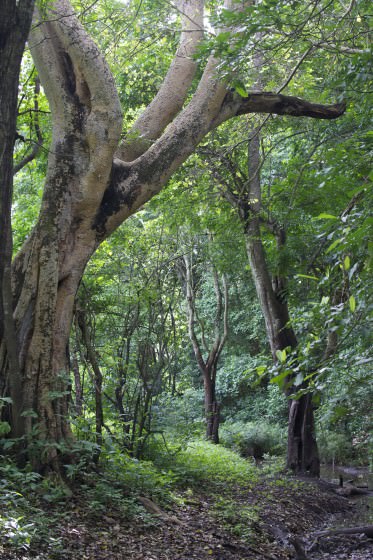

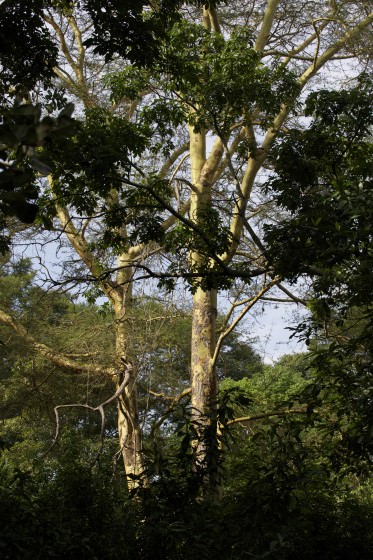
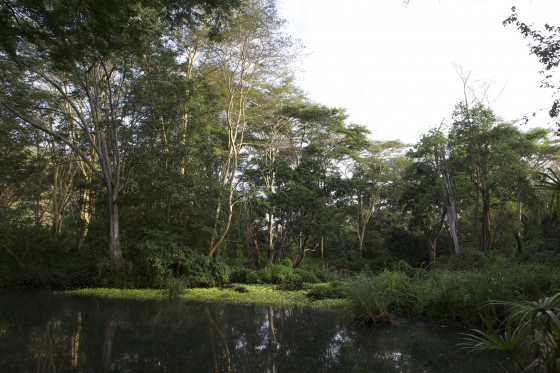
Once a desert, the Kibwezi forest is now home to thousands of tree, plant, insect, mammal and bird species. Africa is so often associated with its large game and huge herds of antelope that one often ignores the smaller creatures. Kibwezi supports a huge collection of insects, especially butterflies, which appear ubiquitously throughout the forest. There are even a few endemic butterfly species here. Several have already been collected and identified since the David Sheldrick Wildlife Trust began operations in Kibwezi:
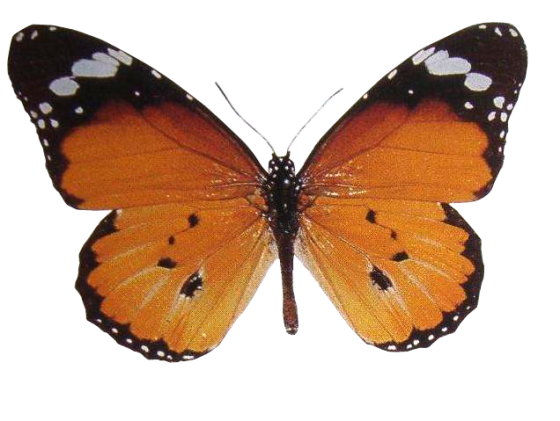
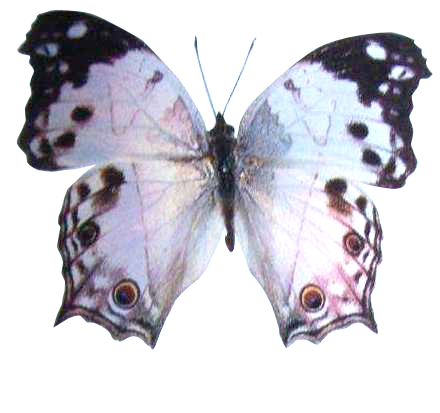

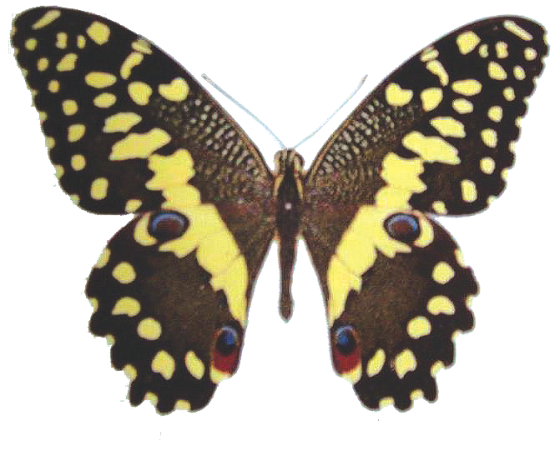

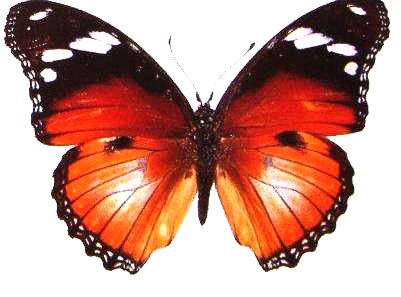
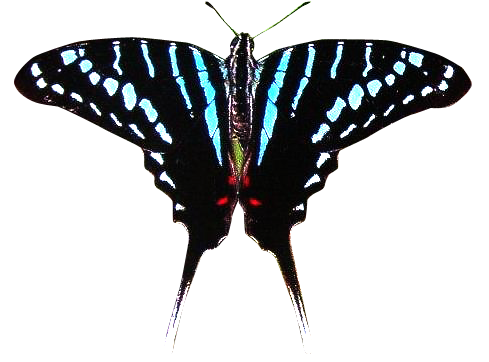
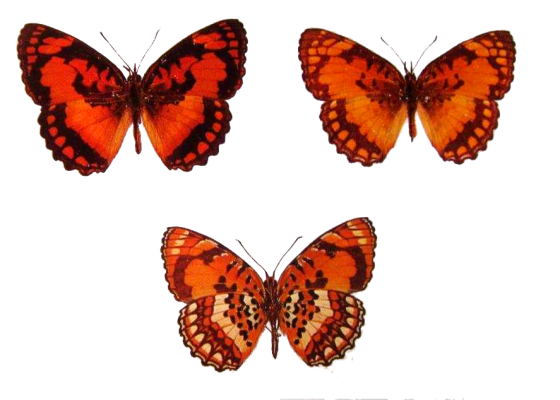

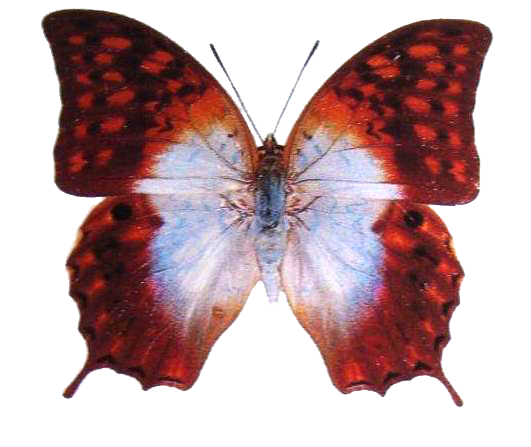
A great place to spot butterflies is in the wake of an elephant. The urine and stool of elephants are common places for butterflies to congregate. This behaviour, known as mud-puddling, is only practiced by male butterflies who are in search of minerals and amino acids. Although the male butterfly does not necessarily benefit directly from the minerals, they will be passed on to the female, along with his sperm in a spermatophore to provide nutrients for the fertilised eggs. A higher survival rate will ensure that butterflies exhibiting this behaviour are more likely to pass on the trait, meaning butterflies are likely to continue collecting around puddles for photographers for many years to come.
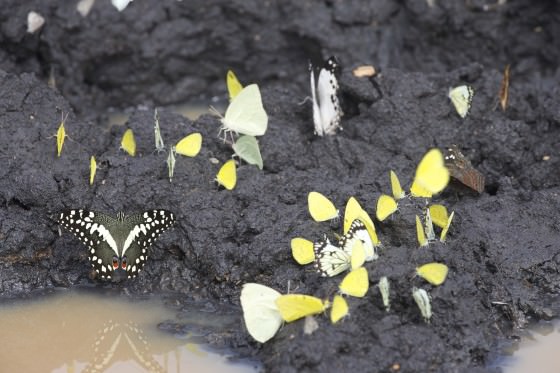
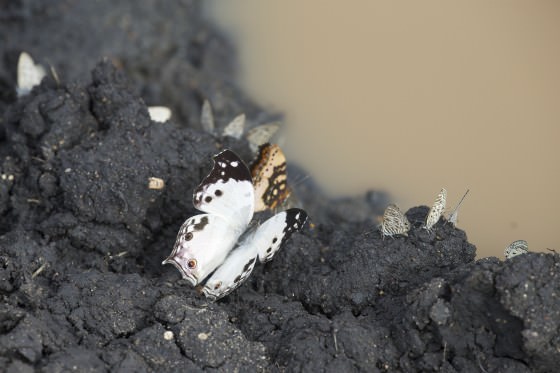
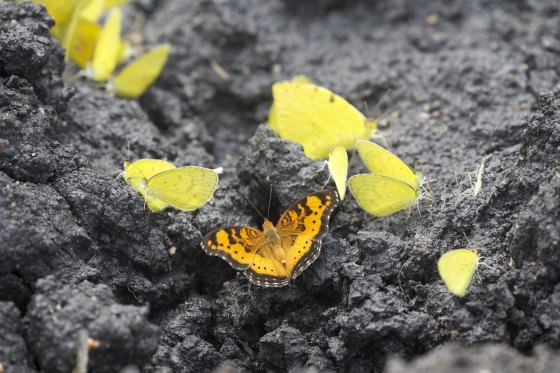


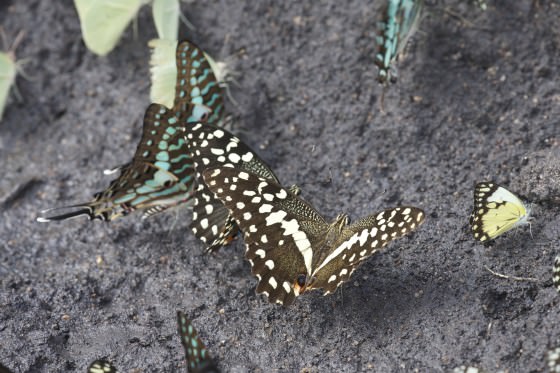
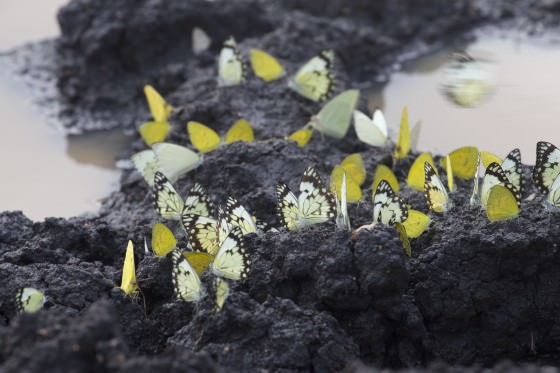
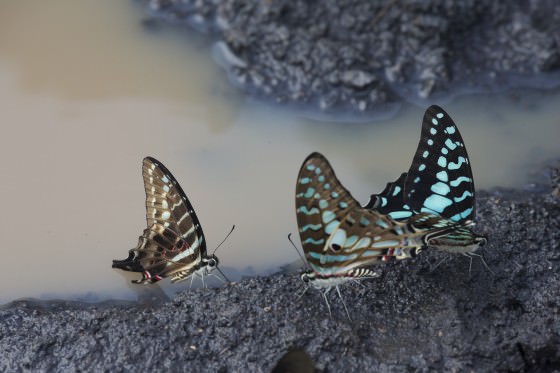
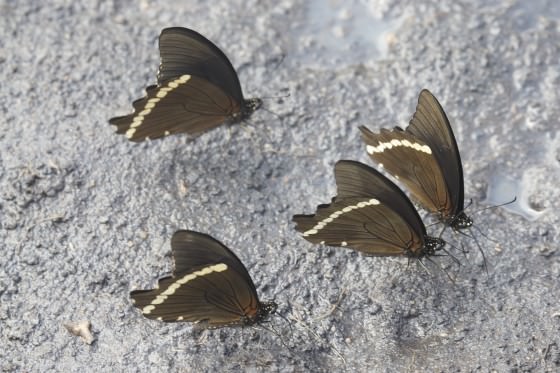
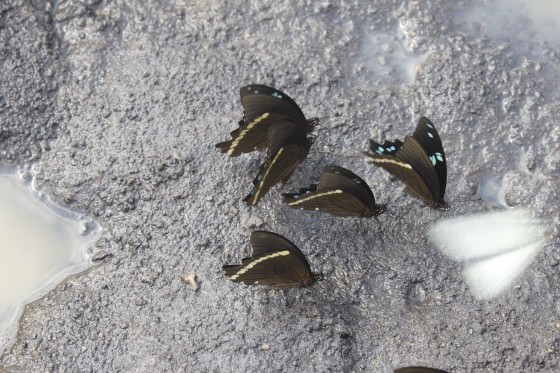
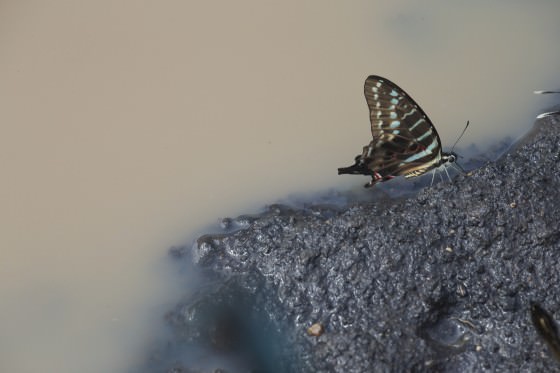
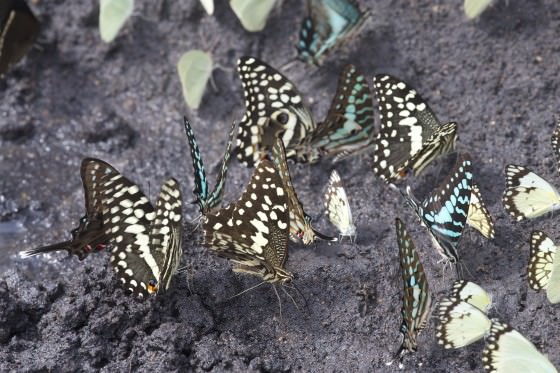
As for why females do not collect their own minerals from puddles and dung, they spend most of their time seeking out plants from which to feed and ultimately lay their eggs on. It may also be beneficial to limit this rather dangerous activity to only half of the species. Mud-puddling leaves the males exposed to predation from a range of animals such as jumping spiders, birds and even a few opportunistic mammals. This does not mean, however, that they are free from danger whilst moving around in the forest.
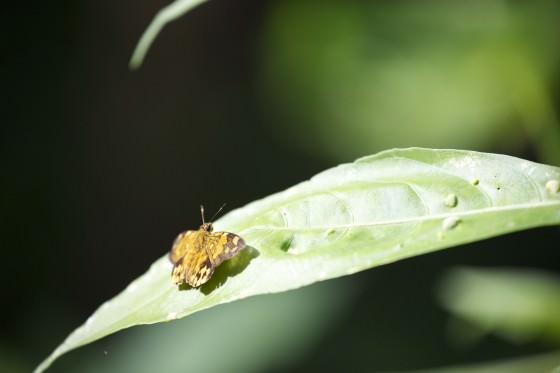
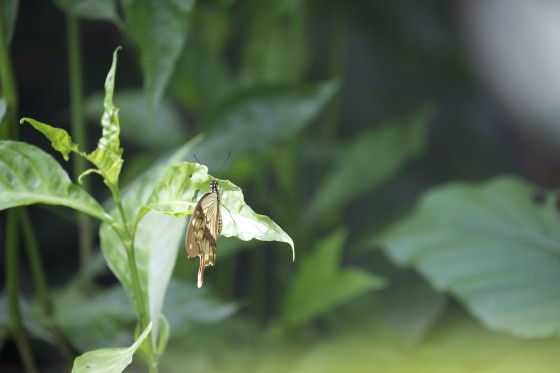
Aside from flycatchers and other birds, which regularly prey on butterflies, spiders weave intricate webs between the branches of trees. Designed to be inconspicuous, they are not easily noticed at first, but look closer and their sinister world is uncovered.
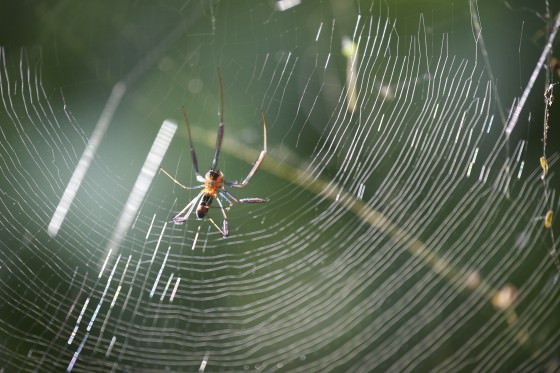
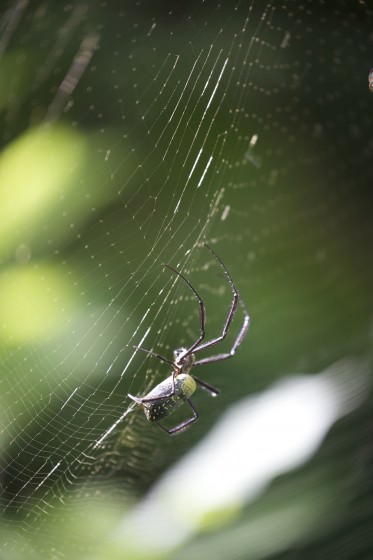
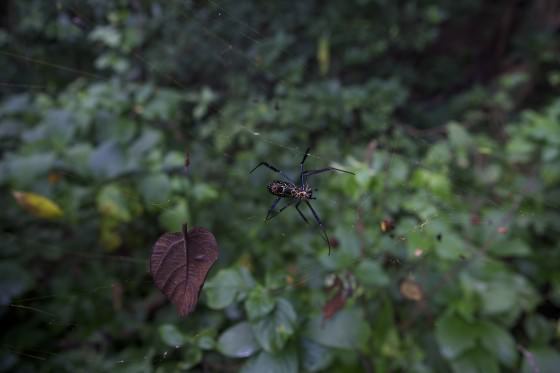
Guests to Umani Springs Lodge will enjoy spotting many different butterfly and other insect species along with many other special birds and animals. Big game in the area include elephant, buffalo, leopard, and on very rare occasion, rhino. To see a video showcasing the beautiful forest and lodge, click here.